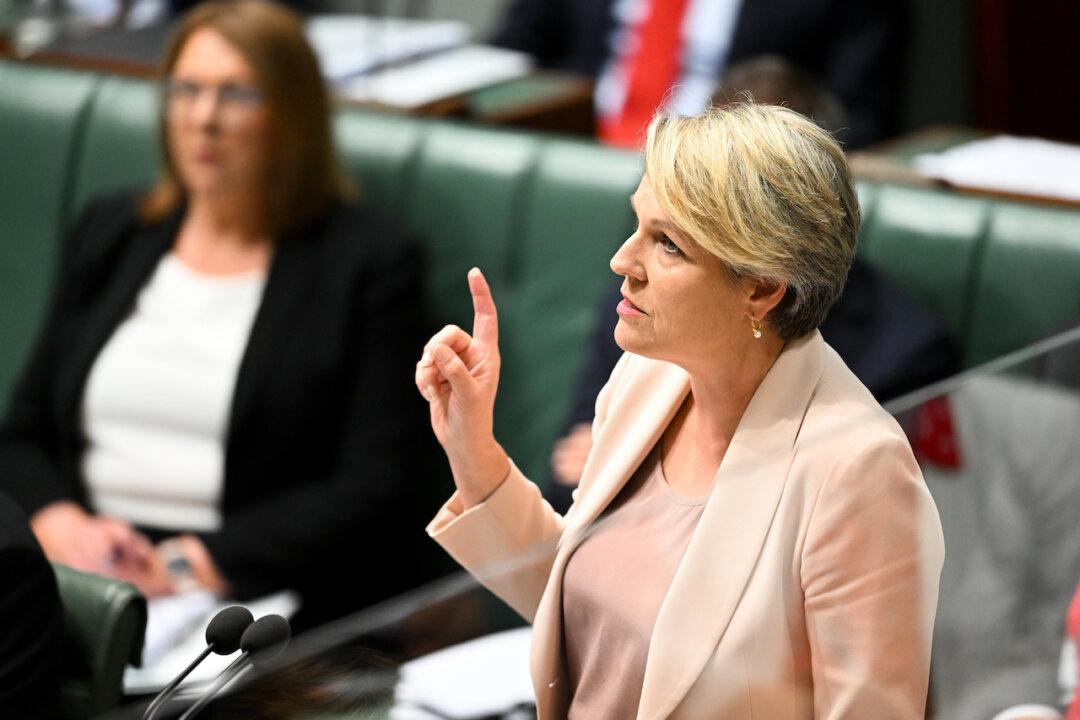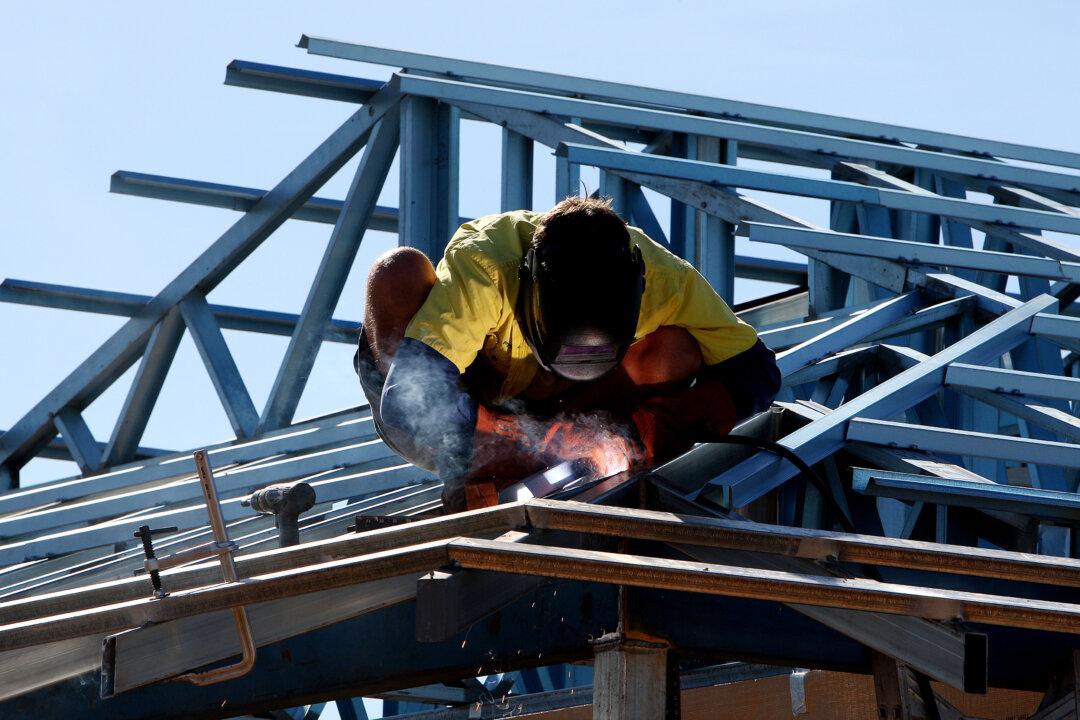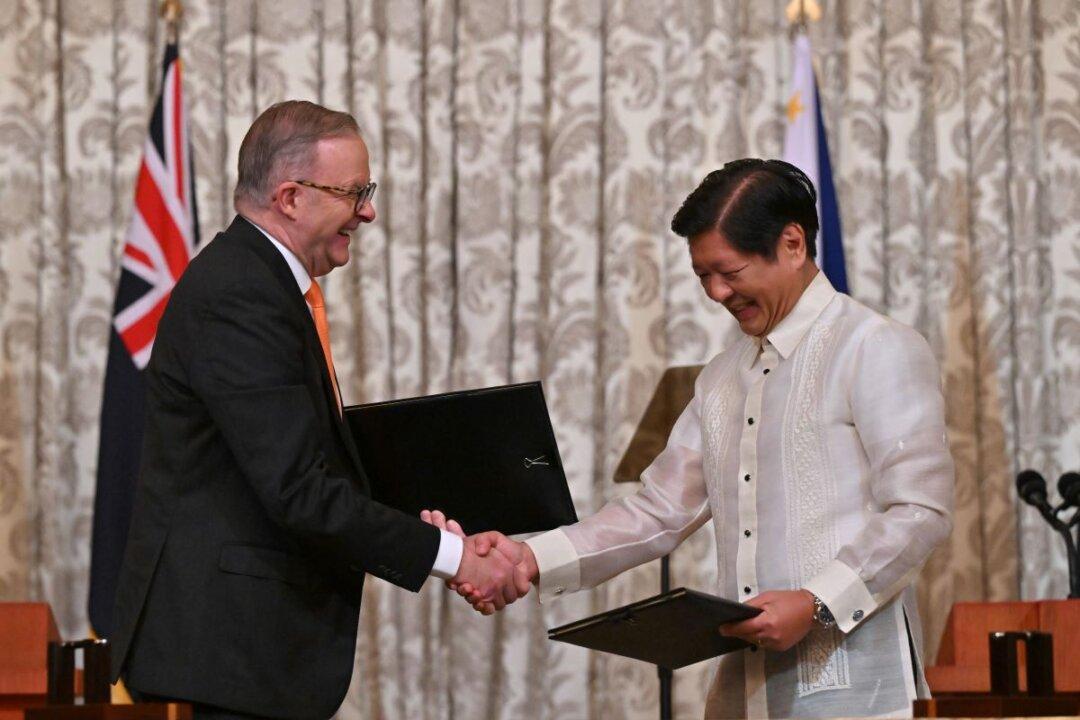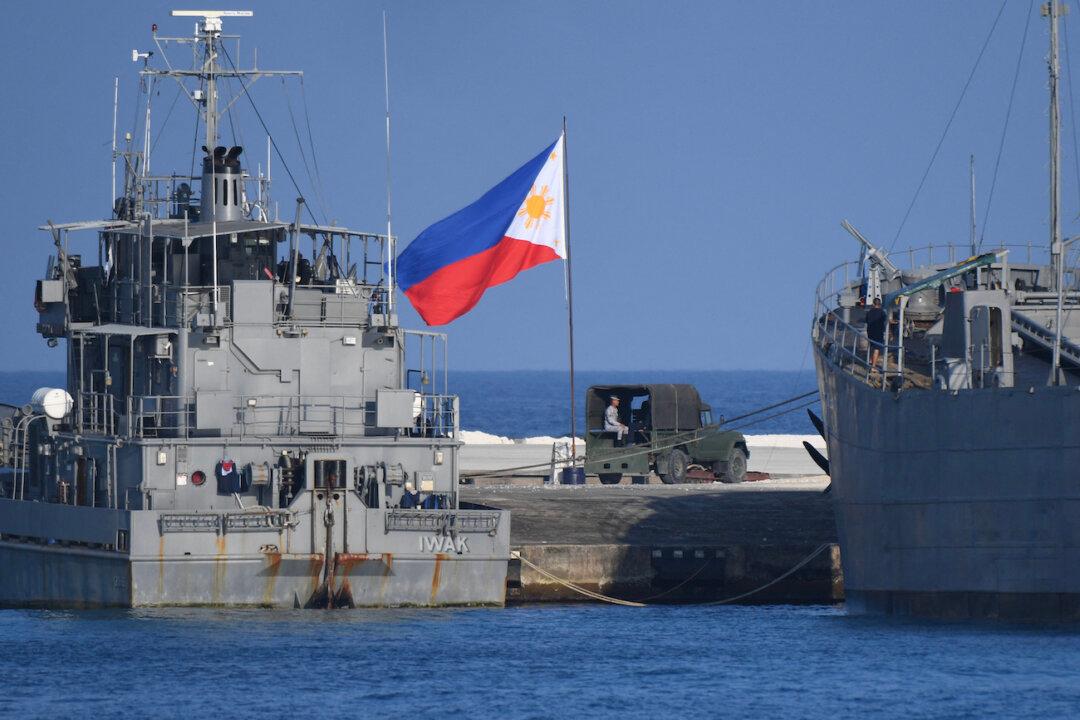Australia will join the growing number of nations protecting their assets in space with the Australian Defence Force (ADF) announcing on Wednesday a new Space Division within the Royal Australian Air Force.
The division will draw personnel from all areas of the ADF, reflecting the significance of the space domain for Australia’s national security. It will be operational from early 2022.




